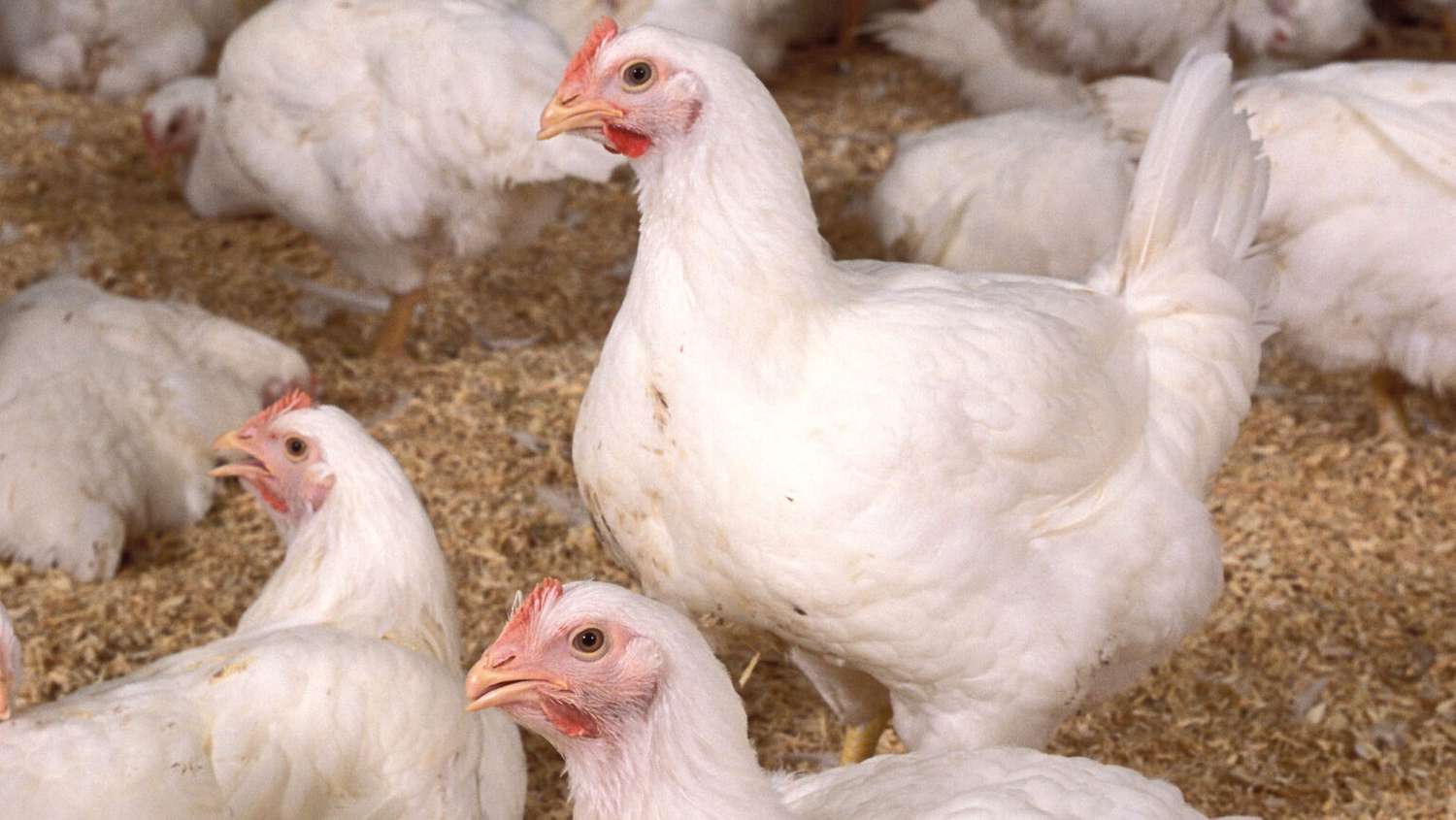The U.S. Department of Agriculture (USDA) has given conditional approval for a newly updated bird flu vaccine aimed at protecting poultry against the H5N1 strain. This strain has been responsible for devastating outbreaks, impacting more than 150 million birds in both commercial and backyard flocks across the United States.
Why This Matters
Bird flu outbreaks, especially the H5N1 strain, have been wreaking havoc on the poultry industry. Farmers and health officials are in a race against time to manage the crisis effectively. However, existing vaccines haven’t been a perfect match for the deadly strain causing the current outbreak. The updated vaccine is a step toward rebuilding the national stockpile, which plays a crucial role in livestock protection.
Moreover, the threat isn’t limited to birds. Just last week, health officials in Ohio and Wyoming reported the third and fourth human cases of hospitalization due to H5N1 exposure in the U.S. Although these human cases are rare and mostly linked to direct contact with sick animals, they underline the importance of finding effective solutions to contain the spread.
What’s Driving the News
The USDA’s conditional license for the updated vaccine was granted to Zoetis, a pharmaceutical company specializing in animal health. The vaccine is an enhanced version of one initially developed during the avian flu outbreaks in Southeast Asia in 2001-2002. Zoetis earned the license after demonstrating the vaccine’s safety, purity, and a “reasonable expectation of efficacy.”
This approval is significant as it marks another step in the USDA’s plan to bolster national preparedness for bird flu outbreaks. While the national avian flu vaccine stockpile was established following major outbreaks in 2014 and 2015, those vaccines were never deployed. Now, with the H5N1 strain causing widespread damage, officials are focusing on ensuring the availability of effective vaccines.
Immediate Actions and Future Plans
Although the USDA has granted conditional approval, it clarified that it is not currently planning to vaccinate poultry flocks immediately. Instead, the agency is moving forward with preparations, including planning and purchasing vaccine manufacturing capacities.
Additionally, efforts to develop vaccines for human use are underway. Earlier this year, the Biden administration allocated $590 million to Moderna for developing an mRNA vaccine specifically targeting H5N1. This vaccine is designed to match the strains currently circulating among birds and livestock.
The Bigger Picture
The approval of the updated bird flu vaccine highlights the growing concern over the H5N1 outbreak’s impact on public health and food security. Over the years, avian flu outbreaks have posed significant challenges for the poultry industry, leading to substantial economic losses and disruptions in food supply chains.
Vaccines are considered a critical part of the strategy to mitigate such outbreaks. They help reduce the spread of the virus, protect livestock, and minimize the risk of human exposure. However, challenges like ensuring vaccine efficacy, managing logistics, and addressing public concerns about safety need to be carefully navigated.
Human Cases: A Wake-Up Call
The recent human cases of H5N1 in Ohio and Wyoming are a stark reminder of the potential risks the virus poses to people. While the vast majority of human infections result from direct contact with sick animals, the possibility of the virus mutating to enable human-to-human transmission cannot be ignored. This makes vaccine development for both poultry and humans an urgent priority.
Final Thoughts
The USDA’s conditional approval of the updated bird flu vaccine is a step in the right direction for controlling the H5N1 outbreak. With millions of birds already affected and the risk of human exposure looming, the importance of a robust vaccine stockpile cannot be overstated.
Efforts by pharmaceutical companies like Zoetis and government initiatives, such as the Biden administration’s investment in mRNA vaccines, reflect a collaborative approach to addressing this crisis. However, ongoing monitoring, research, and timely action will be essential to ensure that the tools being developed today can effectively counter the challenges of tomorrow.
This development offers a glimmer of hope for farmers, public health officials, and consumers alike, but it also underscores the need for sustained vigilance in managing infectious disease outbreaks.
Disclaimer – Our team has carefully fact-checked this article to make sure it’s accurate and free from any misinformation. We’re dedicated to keeping our content honest and reliable for our readers.




